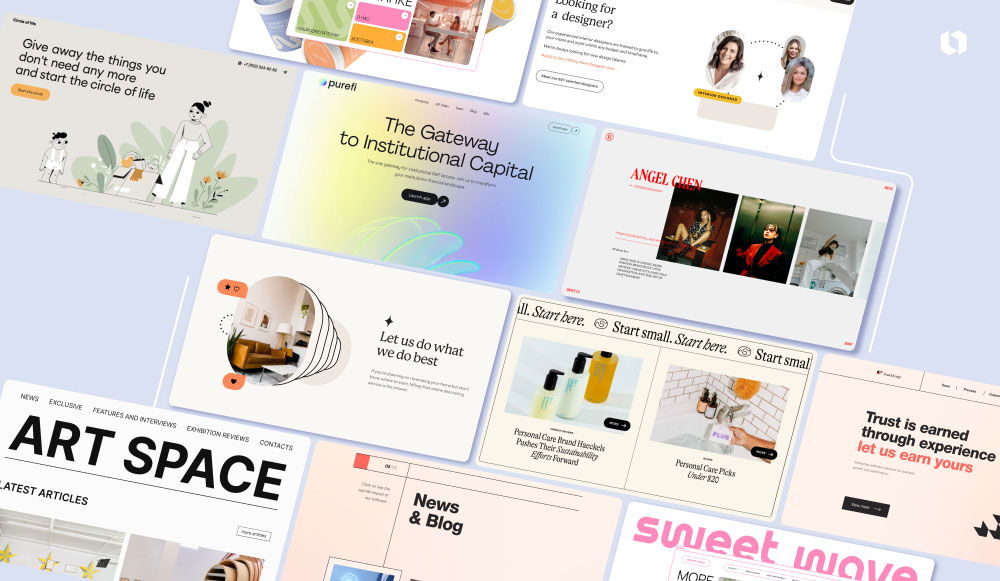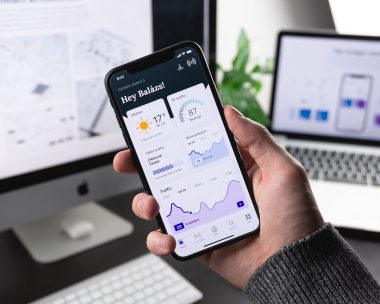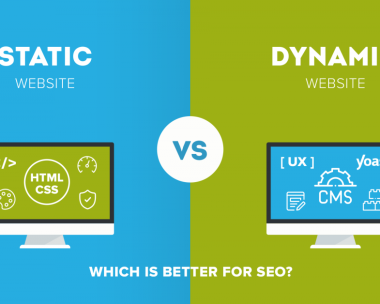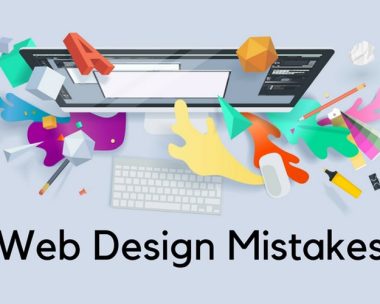Web Design Tips, Web Development Web Design Trends for UAE Businesses in 2025 – Stay Ahead with Smart, Localized Design

Why Keeping Up with Web Design Trends in the UAE Matters
In the UAE’s fast-evolving digital economy, your website isn’t just a digital brochure—it’s a growth engine. Whether you’re a logistics firm in JAFZA, a fashion brand in Downtown Dubai, or a restaurant in Sharjah, your online presence is one of the first (and most lasting) impressions you’ll make.
In 2025, the difference between a forgettable website and a high-converting one often lies in modern design, UX clarity, speed, and cultural relevance. This article highlights the top web design trends reshaping how UAE businesses connect with their customers this year—and how you can stay ahead.

1. Hyper-Localized Design for Dubai and UAE Audiences
What it is:
Tailoring design to match local cultural expectations, user behaviors, and even language preferences (Arabic/English).
Why it matters:
UAE users expect fast, clean, mobile-first experiences—but also content in their language, right-to-left (RTL) support for Arabic, and cultural cues like modest visuals and localized icons.
How to implement:
- Design bilingual websites with smooth language toggles
- Use location-based elements like UAE maps, local imagery, and dirham pricing
- Include WhatsApp click-to-chat integration—a UAE user expectation
✅ Example: At 1Hashtag, we build every site with bilingual SEO-friendly structures to improve engagement in both Arabic and English-speaking audiences.
2. Minimalist, Conversion-Focused Interface
What it is:
Clean designs with fewer distractions, clearer CTAs (Call to Actions), and focused user journeys.
Why it works:
Users in the UAE are browsing fast—on mobile, in malls, between meetings. They don’t want clutter. A minimalist UI with smart design choices makes decision-making faster.
Key features:
- White space and readable fonts
- Sticky navigation and scroll-triggered headers
- One clear call-to-action per screen
📌 Tip: Replace image-heavy sliders with high-impact static banners and benefit-driven messaging.
3. AI Chatbots and Smart Interaction
What’s new:
In 2025, AI-powered chatbots are no longer “nice to have”—they’re expected, especially in e-commerce, real estate, travel, and health sectors.
Why it’s essential in the UAE:
Clients want answers fast. Whether it’s booking a villa viewing or tracking a shipment, a chatbot that understands context enhances user experience and increases conversions.
Add-ons to consider:
- WhatsApp chatbot integration
- Arabic-language AI support
- Dynamic FAQs based on page content
4. Fast Loading and Core Web Vitals Optimization
Google’s 2025 algorithm update:
Websites that load under 2.5 seconds, are mobile-responsive, and meet Core Web Vitals (LCP, FID, CLS) will have a ranking edge, especially in competitive regions like the UAE.
How to do it:
- Compress images (WebP format)
- Use lazy loading for videos and heavy elements
- Minify CSS/JS and enable browser caching
🚀 1Hashtag uses clean coding + CDN acceleration to ensure Dubai-hosted sites load fast worldwide.
5. Motion UI & Subtle Animation
Trend:
Motion is back—but not loud or flashy. It’s subtle, strategic, and guides attention.
Use cases:
- Animated service icons
- Hover-triggered microinteractions
- Slide-in calls-to-action after scroll depth
💡 Pro tip: Don’t overdo animation—it should support the content, not distract from it.
6. Mobile-First, Not Just Mobile-Friendly
What changed:
In 2025, mobile-first design means starting the entire design process from the mobile experience, not just adapting it later.
Why:
Over 80% of web traffic in the UAE comes from mobile devices. And mobile conversion rates are up 30% year-over-year.
Features:
- Finger-friendly menus
- One-click WhatsApp and call buttons
- Vertical scrolling and mobile-first typography
7. Storytelling Through Scrolling – Scroll-Triggered Experiences
What it is:
As users scroll, the page evolves—showing new data, visuals, or animations. This keeps engagement high, especially for product launches or premium services.
Ideal for:
- Brand storytelling pages
- Construction and real estate portfolios
- Premium service packages
8. Accessibility and Inclusive Design
New standard:
Websites must be usable for everyone, including those with visual impairments, motor disabilities, and cognitive challenges.
In UAE compliance context:
- Use contrast-friendly color schemes
- Add alt text and keyboard navigation
- Test screen reader compatibility for both Arabic and English
Frequently Asked Questions
Q: Do these design trends apply to all industries?
A: Absolutely. Whether you’re a fashion label or a law firm, these trends can be tailored to your niche and audience.
Q: How often should we redesign our website?
A: In Dubai’s digital market, we recommend a full refresh every 2–3 years and continuous updates for UX and SEO at least quarterly.
Q: Can I implement these changes without rebuilding my site?
A: In most cases, yes. Many updates (like speed, chatbots, and content) can be added without a full redesign.
Final Thoughts – Future-Proof Your Website in Dubai
Dubai’s digital audience in 2025 is fast, mobile-first, and expects performance, personalization, and professionalism. Adopting these trends helps your business not only look modern—but also convert better, rank higher, and earn trust faster.
📞 Want to update your website to match 2025 standards?
Get in touch with 1Hashtag – Web Design Company in Dubai for a free strategy session.



